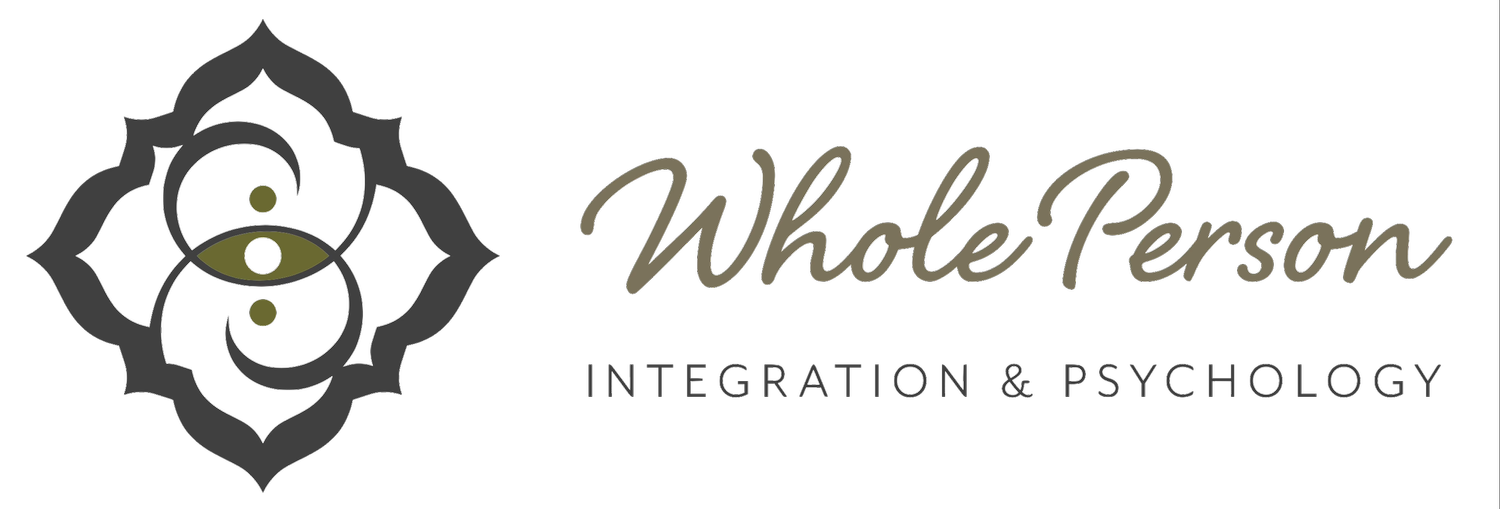Codependency and Communication Styles
By: Dr. Denise Renye
Codependency: It’s a word we often hear. It’s almost overused like the colloquial use of “narcissist.” But what is it? Why is it problematic? Is it problematic? And how do you deal with it when you have to communicate with someone who has codependent traits?
Initially, codependency was defined in relation to someone addicted to a substance, for instance alcohol. The codependent was the non-drinking partner who nonetheless exhibited addictive traits because typically they tried to control the addict. The codependent operated from the belief if only the addict would stop engaging with the addictive substance, their life would be peaceful and harmonious. This can also be expanded to someone who grows up in an alcoholic (or other drug-addicted) home and/or dysfunctional home where there may be an addiction to chaos or drama. Codependency can also arise in a person who grows up with a sibling who has a disability or developmental delay.
Over time, our understanding of codependency has expanded and now it can be understood as someone who relies on being needed, someone who likes to swoop in and give to others, compulsively. With codependency there’s a sense of sacrifice – the person is sacrificing their time, their energy, or even their sense of self. Why do they do it? Because the codependent feels a rush being needed. Many of us want to feel needed, we feel good when we help others, but codependents take it a bit too far and over give. They did not learn healthy or respectful boundaries, they don’t know when or how to say no, and inevitably they wind up feeling resentful.
An understanding of boundaries, neither too porous nor too rigid, is at the crux of the experience of codependency. Boundaries, not barriers, are necessary for relationships to be functional for all parties involved. In her newly released book, author Nedra Glover Tawwab, helps to expand this point: “Simply put, relationships without boundaries are dysfunctional, unreasonable, and hard to manage.”
Again, codependency doesn’t come out of nowhere. People don’t choose to be codependent any more than they choose to be an addict. Codependency arises for protective reasons, most likely in childhood. A lot of people who show signs of codependency may have grown up in households where one or more family members were absent either due to a demanding job, mental or physical health, spending time drinking or smoking, or something else that would take time or attention away from their child's needs (and their own). Therefore, the child learned to “make themselves useful.” The child became highly attuned to the needs of other people while neglecting their own.
What happens in these instances? How do people with codependent tendencies tend to communicate? It’s usually one of the four following ways, including but not limited to:
1) passive aggressively
2) with resentment
3) immaturely
4) lacking a stable sense of self
Passive aggressive communication
When a person communicates passive aggressively, they may appear passive but they are actually subtly expressing their anger. They won’t bother with a direct confrontation. Instead, they’ll mutter to themselves, use facial expressions that don’t match how they feel, hide behind sarcasm, deny there’s a problem, use subtle sabotage, etc.
The UK Violence Intervention and Prevention Center has a great resource on this and says the passive aggressive communicator will say or believe the following:
· “I’m weak and resentful, so I sabotage, frustrate, and disrupt.”
· “I’m powerless to deal with you head on so I must use guerilla warfare.”
· “I will appear cooperative but I’m not.”
Communicating with resentment
A codependent may also communicate with resentment. Resentment builds when there’s a sense of inequality: “I’m doing more than they are,” “Why do I always have to be the one to . . .” “Why can’t they just do/see . . .” The person may say those previous sentences out loud or they may only think them. Regardless, communicating with resentment has a little bit of an edge to it. The person is saying “yes” when their tone of voice or body language is saying “no.” The person’s words and actions aren’t matching up. There is dissonance and it can be experienced non-verbally. It can bring a sense of heaviness to the air.
Immature communication
By immature communication, I mean the codependent might express their needs and wants in a childish way. “I want this now! Give it to me!” There can be a demanding energy on the part of the codependent. They may lose perspective and patience because they’ve already had to be understanding and patient and are unable to keep doing so.
Typically, what happens is a person can only go so long without their needs being met before they explode. At that point the person may also have tunnel vision and only think about themselves and their needs.
And, yes, it is true, there is only so long that someone can go without their needs being met. However, someone who lives codependently does not have the understanding or skills to communicate effectively in order to get their needs met.
Miscommunication due to an unstable sense of self
Sometimes what can happen with a person who is codependent is they don’t actually know what they need or want. They’re so used to going along with other people, they don’t know who they are when other people aren’t involved. We see this with Julia Roberts’ character in Runaway Bride. She adjusts her interests to mimic those of her fiancés in order to please them. For instance, her choice of eggs changes with each fiancé – poached for one, scrambled for another. In the end, she discovered she liked eggs benedict but she didn’t come to that conclusion until she separated from all her fiancés and figured out who she was alone. Being alone can be hard for someone who may see themselves in these descriptions.
For anyone who identifies with Julia Roberts’ character, I recommend spending time in meditation or yoga as a way to get in touch with your needs and wants. Being quiet and still are powerful practices to inform your life because often some wisdom will emerge when you’re not caught up in the hustle and bustle of life. Joining a meditation class or a yoga class, even online, can help you ease your way into an alone space together with others.
There is hope for people who may be identifying with the ideas of codependency and may be able to relate to what they are reading here. Communication skills are learned skills. They aren’t typically taught in schools or by many families but they can be learned, I assure you. One communication style that comes to mind to help with codependency is nonviolent communication (NVC).
NVC offers a person language around connecting with feelings and needs. It’s also an approach that creates space for both parties to feel their feelings and express their needs. To learn more about NVC, also sometimes called empathy, check out this blog by a BayNVC facilitator called “8 Responses that Suck.” It goes into detail about what empathy is and is not.
Lastly, I suggest those with codependent tendencies increase their comfort level around anger – your own and someone else’s. If someone is angry with you, it’s ok. If you are angry with someone else, that’s also ok. Anger is a feeling, and a natural one at that! It provides good information for you and your life. I recognize anger may be challenging for people who are on the feminine side of the gender continuum due to socialization. However, I think it’s important that anger is used in healthy ways. There are times when it’s important to say, “no,” to use your anger in a way that’s beneficial. Check out my blog on the magic of anger on GoodTherapy for more on this topic.
If you want to chat more about codependency and communication styles, let’s keep in touch. To set up an appointment with me (Marin County Sexologist), click here.
References
Nadel, Kat. “8 Responses that Suck.” Medium.com. https://kathleennadel.medium.com/words-can-hurt-a-lesson-on-empathy-627af8b7c6f8. April 30, 2021.
Renye, Dr. Denise. “The Magic of Anger.” GoodTherapy.org. https://www.goodtherapy.org/blog/Magic-of-Anger. May 3, 2021.
Tawwab, N. G. (2021). Set boundaries, find peace: A guide to reclaiming yourself. NY, NY: TarcherPerigee, an imprint of Penguin Random House LLC.
UK Violence Intervention and Prevention Center. “The Four Basic Styles of Communication.” https://www.uky.edu/hr/sites/www.uky.edu.hr/files/wellness/images/Conf14_FourCommStyles.pdf. Accessed May 19, 2021.

